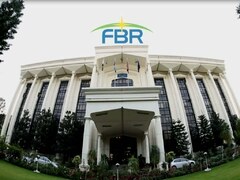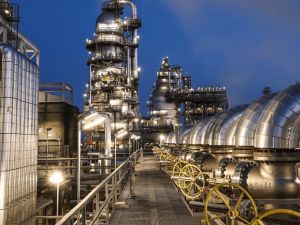Indus Motors (PSX: INDU) could not have done better this year, emerging triumphant in the midst of a pandemic and global supply disruptions that affected the automobile industry across the world. Volumes for locally assembled vehicles doubled during the year translating to double the revenue this year which is Indus Motors’ highest revenue yet. A 63 percent payout ratio makes sense and inspires more confidence in investors.

Robust demand comes on the back of cheaper auto financing that has lowered borrowing costs for both individual and corporate vehicle buyers. The revenue growth is also a function of favourable pricing. The estimated revenue per ton (using sales for domestically assembled vehicles only) shows a 3 percent increase facilitated by better pricing and a product mix favouring higher priced vehicles.
Meanwhile, costs per unit sold grew 2 percent which could have been much higher given the chip shortage that has enveloped the global economy and container shortages that have led to soaring freight costs (as well as delays). Indus Motors remained shielded from these obstacles likely as a result of prudent inventory management and close demand forecasting.

The company’s 2x revenue led to profits nearly tripling in FY21. This was really buoyed by tighter control on the purse-strings by lowering overheads from 4 percent of revenue to 2 percent during the fiscal year. Meanwhile, the bottom-line was also greased by the “other income” component comprising of returns on bank-deposits and PIBs. The share of other income in before-tax profits stood at 31 percent (naturally higher in FY20 at 44%) which is a pretty substantially contribution to company’s earnings. Low debt levels as well as reduced interest rates have made finance costs negligible on the company’s income statements.



























Comments
Comments are closed.